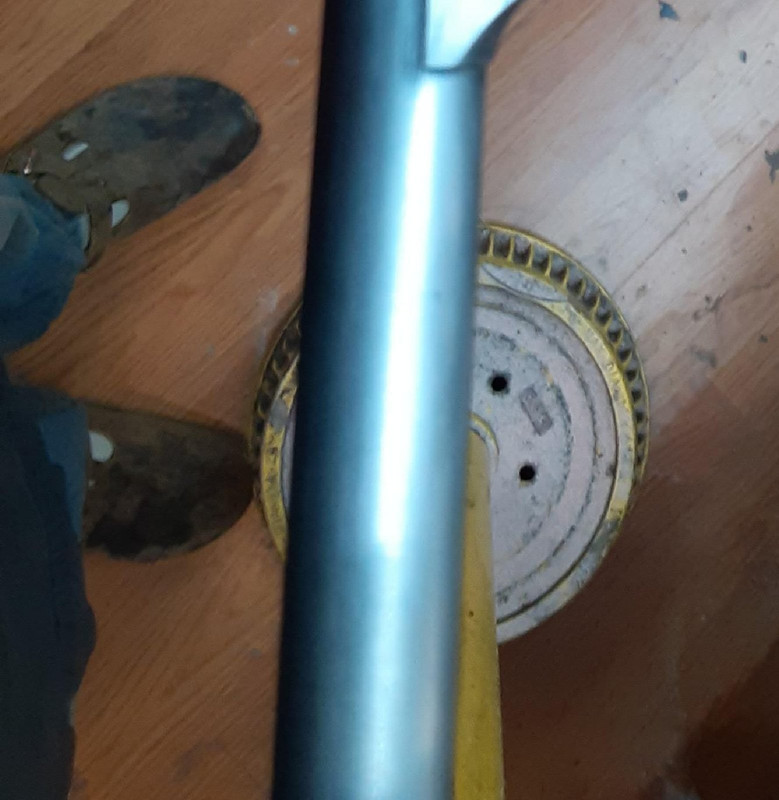Winchester Proof Steel - 06/13/20 05:05 PM
Gloria a Dios I have been gifted a cracked M12 Winchester Proof Steel barrel
Here is the previous thread regarding Winchester steels
https://www.doublegunshop.com/forums/ubbthreads.php?ubb=showflat&Number=561800&page=1
Most sources state that Proof Steel was 4140 (including Mike Hunter and Ned Schwing)
Winchester catalogs in the 70s state Proof Steel was “cold forged Chrome Molybdenum”.
Other internet sources however state “nickel-chrome-moly alloy steel”.

There is a '37' at the breech - does this mean 1937 DOM?
The crack at 17". There is a slight ring bulge there. The MWT is an impressive .072"! Bore is .732".

The barrel has (presumably) been cut to 25 1/2" and threaded for a choke device/Cutts?
I couldn't quite capture the marks on the external surface opposite the crack. Possibly where someone tried to pound down a bulge?

And THIS is the bore at the site of the crack. I could not get the camera to focus on what appears to be 2 annular rings/dents?


I would very much appreciate the thoughts of those here.
Is it possible that someone tried to use a hydraulic dent raiser, bulged and cracked the barrel, then tried to pound down the bulge??
So the muzzle end segment is off to METL next week and we will KNOW if Winchester Proof Steel is 4140!
Here is the previous thread regarding Winchester steels
https://www.doublegunshop.com/forums/ubbthreads.php?ubb=showflat&Number=561800&page=1
Most sources state that Proof Steel was 4140 (including Mike Hunter and Ned Schwing)
Winchester catalogs in the 70s state Proof Steel was “cold forged Chrome Molybdenum”.
Other internet sources however state “nickel-chrome-moly alloy steel”.

There is a '37' at the breech - does this mean 1937 DOM?
The crack at 17". There is a slight ring bulge there. The MWT is an impressive .072"! Bore is .732".

The barrel has (presumably) been cut to 25 1/2" and threaded for a choke device/Cutts?
I couldn't quite capture the marks on the external surface opposite the crack. Possibly where someone tried to pound down a bulge?

And THIS is the bore at the site of the crack. I could not get the camera to focus on what appears to be 2 annular rings/dents?


I would very much appreciate the thoughts of those here.
Is it possible that someone tried to use a hydraulic dent raiser, bulged and cracked the barrel, then tried to pound down the bulge??
So the muzzle end segment is off to METL next week and we will KNOW if Winchester Proof Steel is 4140!








